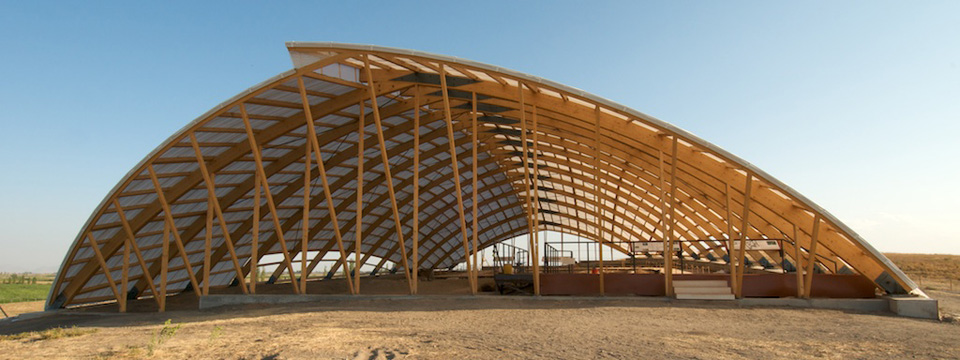The Economist magazine has published an article (July 18th 2012) on the UNESCO World Heritage Program. I quote extensively from the article:
From 2006 to 2010, Global Heritage Fund supported conservation and community development at Çatalhöyük, one of the largest and best preserved Neolithic sites found to date. Two years later Çatalhöyük has been inscribed as a UNESCO World Heritage Site.
As of this month, the following unlikely mixture of people and agencies found themselves tarred with the same brush: Liverpool City Council, the developers and municipal authorities of Panama, the Islamist rebels of West Africa and the quarrelsome bishops of some ancient Christian churches in the Middle East. They all bear a share of responsibility for the fate of places that have recently been deemed by UNESCO to be “World Heritage Sites in danger”.
During its latest annual gathering, which ended on July 6th, UNESCO’s World Heritage Committee (a rotating group of 21 member states) also added 26 new places to the list of locations it considers to have “outstanding universal value” to humanity. The total now comes to 962. It then named five places as “World Heritage Sites in danger”—a label that can either imply solidarity with a country, or a rebuke for poor conservation. This year’s additions to the danger list consisted of Liverpool’s old harbour area, which is said to be imperilled, at least aesthetically, by a giant construction project; two early European settlements in Panama which face a similar challenge; and the tombs and shrines of Mali which have been ruthlessly targeted by an army of zealots professing a puritanical form of Islam.......
(T)here are no easy ways to maintain heritage sites in relatively poor countries; it requires delicate balancing acts, much local diplomacy and long-term engagement, according to organisations that work in that field. Even a well-functioning state, be it democratic or authoritarian, will fail to conserve monuments unless local people see an interest in maintaining their heritage and using it rationally, says Vincent Michael, new chairman of the Global Heritage Fund (GHF), based in California. The effort will collapse if cultural heritage is seen either as a pesky impediment to making money, or as something to be exploited for short-term gain. Nor should local economies ever be too reliant on tourism, which can fall as rapidly as it rises.I also wanted to share this photo of a beautiful structure shielding a site newly added to the UNESCO World Heritage list.
From 2006 to 2010, Global Heritage Fund supported conservation and community development at Çatalhöyük, one of the largest and best preserved Neolithic sites found to date. Two years later Çatalhöyük has been inscribed as a UNESCO World Heritage Site.

2 comments:
That’s a fascinating structure, I’d almost be willing to visit that site solely to see what’s protecting it! Is it temporary, or a permanent installation?
The Foundation has supported the construction to protect the site while it is being excavated. I don't know if it is meant to last a long time.
Post a Comment